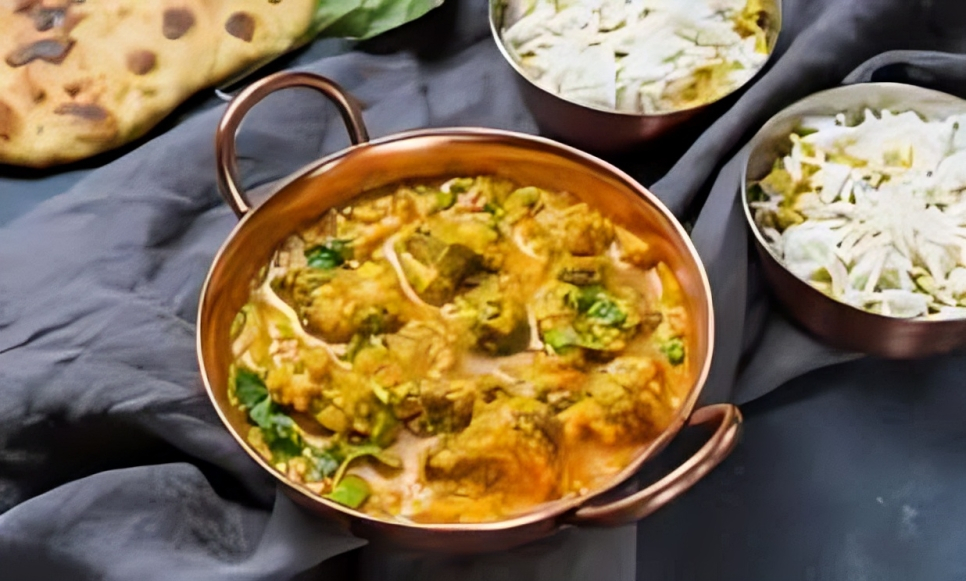Kari Kinnaslapi: The Heartwarming Dish You Need to Try
Introduction
When it comes to exploring unique culinary traditions, few dishes stand out like kari kinnaslapi. This dish, rooted in rich cultural heritage, captivates the palate with its bold flavors and comforting textures. If you’re curious about kari kinnaslapi and how it has woven itself into the fabric of various cuisines, you’ve come to the right place! In this article, we’ll delve into its origins, preparation methods, variations, and much more. Let’s embark on this flavorful journey!
What is Kari Kinnaslapi?
Kari kinnaslapi is a traditional dish originating from specific regions, characterized by its delectable mix of spices and fresh ingredients. The name “kinnaslapi” reflects its unique cooking style and the blend of flavors that come together to create a delightful meal. It often features tender pieces of meat, vegetables, and a signature sauce that leaves a lasting impression on anyone who tastes it.
The Ingredients That Make It Special
To truly appreciate it, it’s essential to understand the ingredients that make this dish shine. Some common components include:
- Meat: Typically, it is made with chicken or lamb, though vegetarian versions using tofu or legumes are becoming popular.
- Spices: A harmonious blend of spices such as cumin, coriander, turmeric, and chili powder creates the dish’s characteristic warmth and depth.
- Vegetables: Fresh vegetables, including onions, tomatoes, and bell peppers, add texture and flavor.
- Sauce: The sauce is often a rich, fragrant mix of coconut milk, yogurt, or tomato base, enhancing the overall taste experience.
How to Prepare Kari Kinnaslapi
Step-by-Step Cooking Instructions
Creating a mouthwatering kari kinnaslapi at home might seem daunting, but with this simple recipe, you can impress your family and friends!
- Gather Your Ingredients: Start with fresh ingredients, including your choice of meat, vegetables, and spices.
- Prepare the Meat: Cut the meat into bite-sized pieces. Marinating it in spices and yogurt for a few hours enhances the flavors.
- Cook the Vegetables: Sauté onions, garlic, and ginger in a hot pan until they turn golden brown. Add your choice of vegetables and cook until they soften.
- Add the Meat: Toss in the marinated meat and cook until it’s browned on all sides.
- Create the Sauce: Stir in your sauce base, allowing it to simmer until the meat is tender and the flavors meld beautifully.
- Serve and Enjoy: Garnish with fresh herbs and serve hot with rice or bread for a complete meal.
Variations of Kari Kinnaslapi
The beauty of kari kinnaslapi lies in its versatility. Here are a few popular variations you might want to try:
Vegetarian Kari Kinnaslapi
For those seeking a meat-free option, substituting vegetables or legumes instead of meat can yield a delicious vegetarian kari kinnaslapi. The spices and sauce remain the same, ensuring a flavorful dish.
Kari Kinnaslapi with Coconut Milk
Using coconut milk as the base for your sauce lends a creamy texture and enhances the dish’s tropical flavors. This variation is especially popular in coastal regions where coconut is abundant.
Spicy Kari Kinnaslapi
If you enjoy heat, don’t hesitate to amp up the spices! Adding extra chili peppers or hot sauce can take your kari kinnaslapi to a new level of deliciousness.
Conclusion
It is more than just a meal; it’s a celebration of culture, flavor, and tradition. Whether you’re enjoying it in a restaurant or making it at home, this dish promises to satisfy your taste buds and leave you wanting more. By exploring its ingredients, preparation methods, and variations, you can truly appreciate the magic of it. So why not try your hand at this delightful dish today?
FAQs
1. What is the origin of kari kinnaslapi?
It has its roots in specific regions known for their rich culinary traditions, often influenced by local ingredients and spices.
2. Can I make kari kinnaslapi vegetarian?
Absolutely! You can substitute meat with vegetables or legumes, while keeping the spices and sauce for a delicious vegetarian version.
3. How spicy is kari kinnaslapi?
The spice level can vary depending on personal preference. You can adjust the amount of chili peppers or hot sauce to suit your taste.
4. What is the best way to serve it?
It is best served hot with rice or bread, allowing you to enjoy the sauce fully.
5. Can I make it ahead of time?
Yes! It tastes even better the next day as the flavors continue to meld. Just reheat it before serving.
